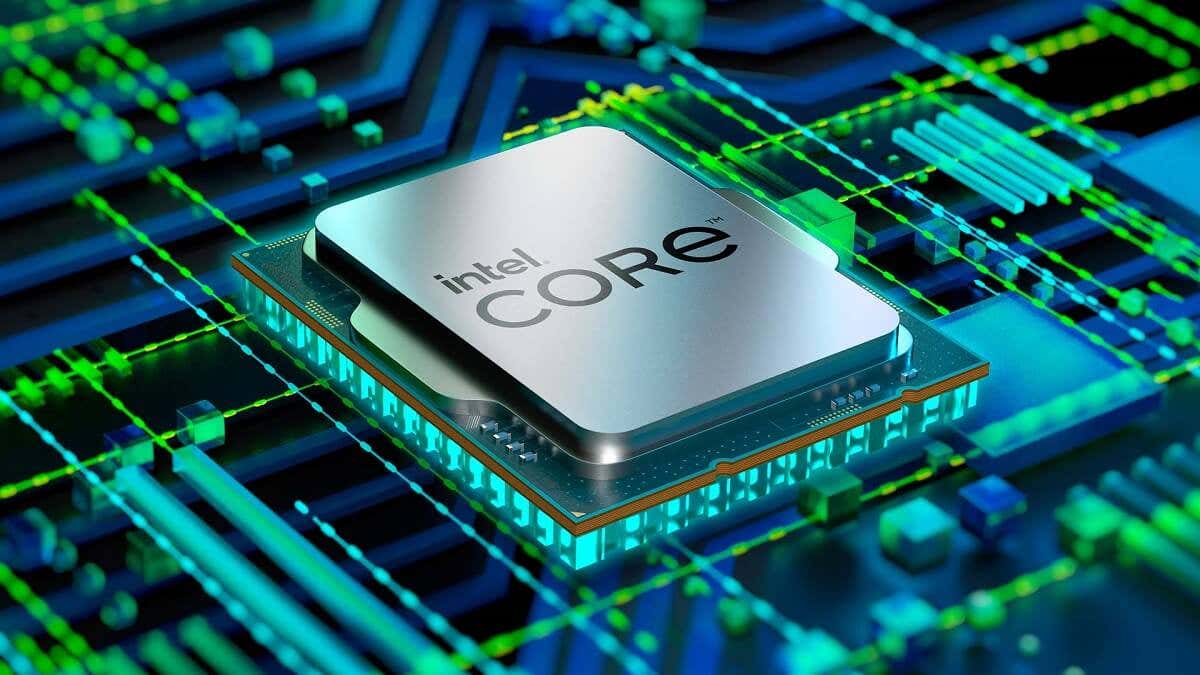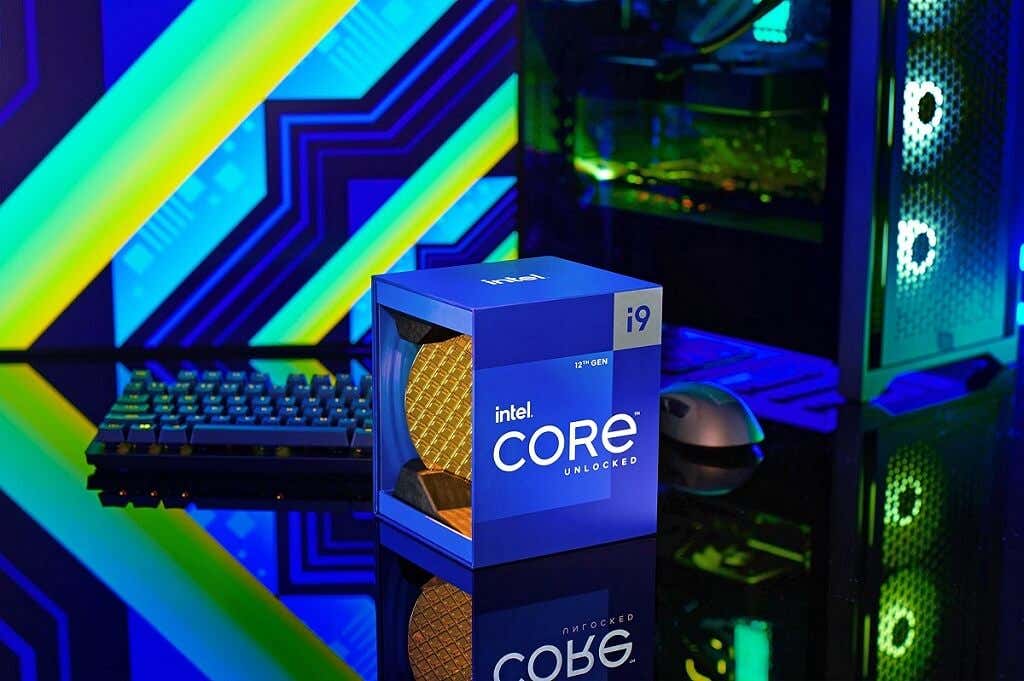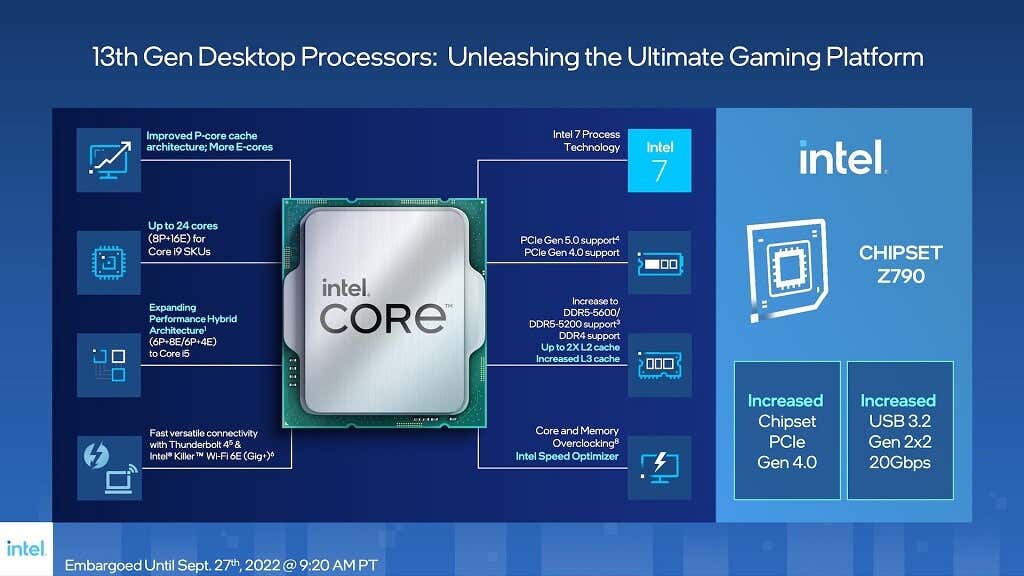With Intel’s 13th Gen “Raptor Lake” CPUs on the way, we thought it would be an excellent time to discuss what E-cores and P-cores are and why it matters.
What Are P-Cores and E-Cores?
Until recently, most multi-core Intel CPUs have been composed of almost identical cores. Usually, each core has the same capacity and clock speed, and the “work” is spread between them to process tasks faster.
That’s where Intel’s new CPUs differ. They now feature two kinds of cores:
This combination enables processors to increase performance speeds and take on higher workloads while lowering power consumption. This is all thanks to Intel’s Thread Director, a technology that assigns P- and E-cores to different tasks in an optimal way.
Which CPUs Contain P- and E-Cores
The new core design began with the mobile Lakefield chips (Intel Core i5-L16G7 and Intel Core i3-L13G4). Finding some success in the approach, Intel decided to use it once more in the most recent lineup of PC processors—the Alder Lake CPU series. We’ll discuss these Alder Lake CPUs in the following few sections.
Intel Core i9-12900K
The 12900K has the following:
Intel Core i7-12700K
The 12700K has the following:
Intel Core i5-12600K
The 12600K has the following:
The Benefits of Hybrid Architecture CPUs
When Alder Lake was released, there were some hiccups with the new high-performance, high-efficiency approach to CPU core design. Some software reportedly had issues adapting, and it took months for Microsoft to release an update that let the cores run as they should on Windows 10. This was because the software was written for the Windows 11 operating system which provides a brand-new CPU Task Scheduler. But with these obstacles mostly out of the way, Intel’s new hybrid architecture provides many benefits for PC users, including: Intel’s new Raptor Lake, soon to be released, builds on the hybrid architecture of Alder Lake. With greater speeds, efficiency, and compatibility, the 13th Gen CPUs promise to herald a new age of CPUs.
The Future of CPUs
With Intel’s 12th Gen CPU package taking the crown in CPU performance, and the 13th Gen already on the way, it seems like the new hybrid architecture is the way of the future—especially for gamers and other high-spec users. Indeed, AMD is rumored to be introducing a similar hybrid CPU structure in its AMD Ryzen 9000 line in late 2023 or early 2024.




